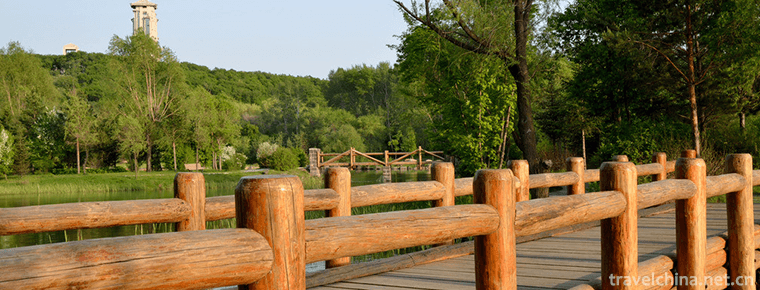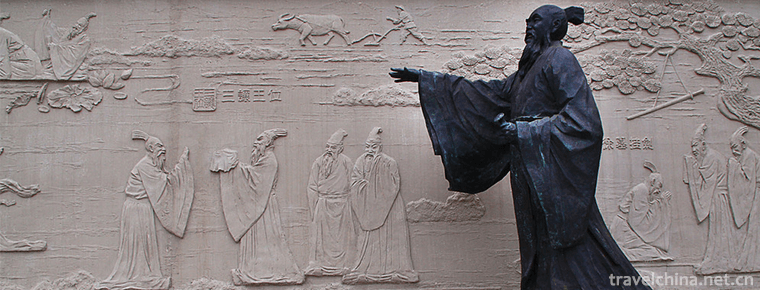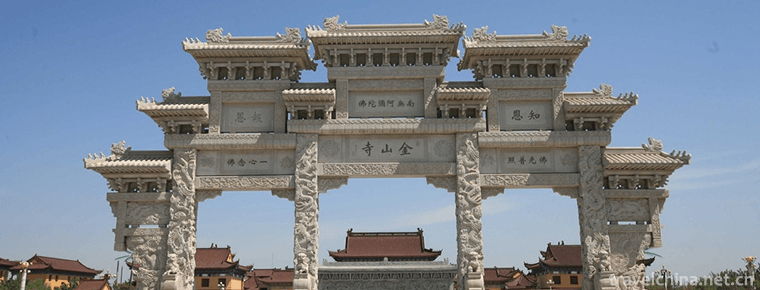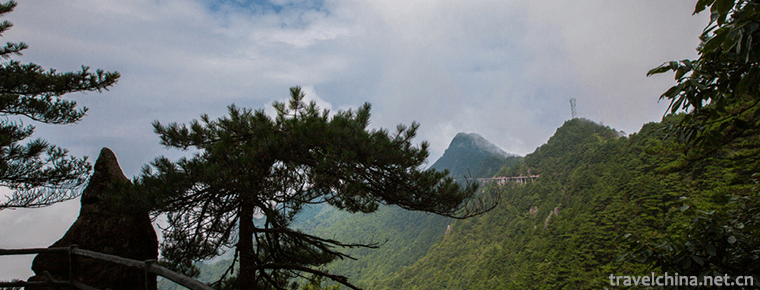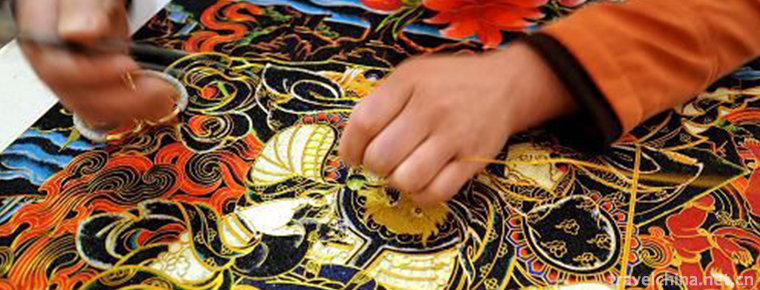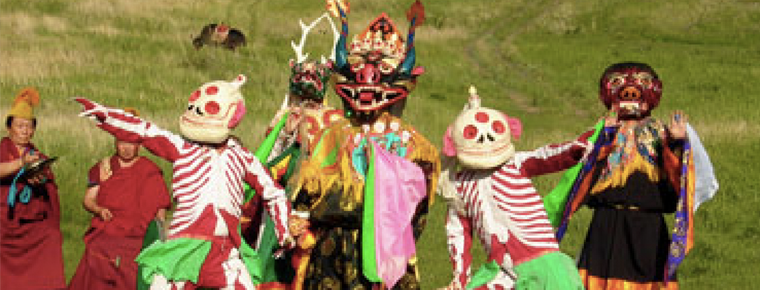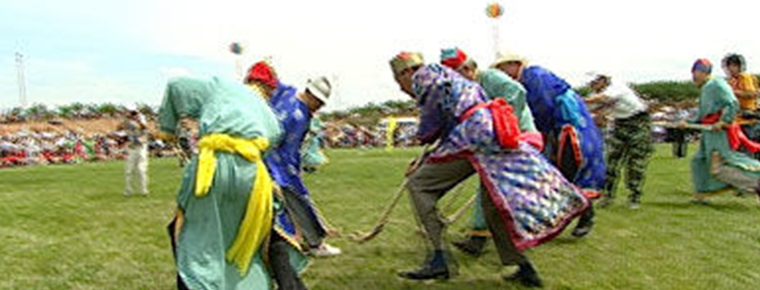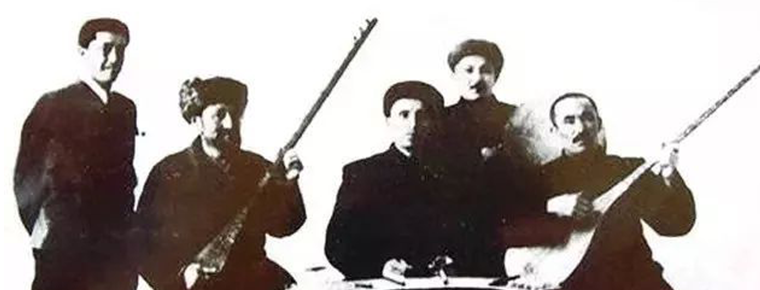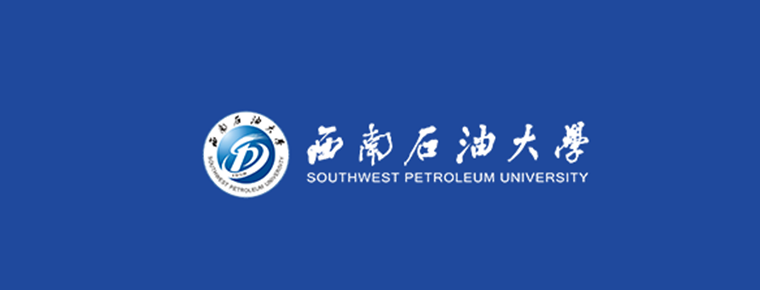sanshui forest park
Sanshui Forest Park is located in the north suburb of the southwest town of Sanshui District, Foshan City, Guangdong Province. It is about 2 kilometers away from the center of Sanshui District and has a total area of 3366 mu. It was appraised as a city-level scenic spot in 1995 and established as a Sanshui Ecological Reserve according to law in 2001.
It has the largest Kongsheng Park in South China, as well as Crocodile Lake Zoo, Ruthless Valley, Mandarin Lake, Manifesto Square, Valley of Lovers, Chongyang Ancient Road and 80% of the forest cover. Complete supporting facilities, including hotels, resorts, conference centers, grasslands, karting racing grounds, barbecue grounds, etc., are good places for tourism and vacation.
Main attractions
Sanshui Forest Park is a large-scale comprehensive scenic spot with many scenic spots and unique scenery. The main scenic spots in the park are: Sanshui Golden Dressed Big Sleeping Buddha, Sanshui Han Tibetan Buddhist Culture and Art Palace, Confucius Temple-Confucius Holy Garden, Merciless Valley, Yuanyang Lake, Manifesto Square. Here, you can not only enjoy the beautiful scenery of nature, but also participate in a variety of new exciting sports in the green forest, which is a good place for modern people to relax after work, leisure and vacation.
Forest Park has perfect supporting facilities, including hotels, resorts, conference centers, grassland skiing, karting race track, barbecue ground, etc. It is a wonderful place for tourists to relax and cultivate their feelings by building skeleton with mountains and waters, attaching beauty to soul with culture and deducing life with true feelings. Can be called "modern classics"!
Merciless Valley
The ruthless Valley is located at the entrance of the South Gate of the forest park, near the Sanshui Era Pagoda. It is named after the famous poem, "Sunrise in the East and rain in the west, the Tao is ruthless but affectionate". The Valley has lush trees, abundant plant species, quiet environment, first-class ecology, and facilities such as healthy walkways and leisure pavilions. People can walk around the winding forest paths in the valley, enjoy the scenery in the green fields and forests, and also breathe the fresh air of nature full of negative ions, relax their body and mind, and enjoy the feeling of returning to nature.
yuanyang lake
From the ruthless valley, you can see two adjacent lakes, a huge stone inscribed with the powerful three words "Yuanyang Lake". The lake is surrounded by green trees, sparkling Lake surface, Lake scenery, a bay of clear lake water reflects thousands of Customs on the shore. Walking around the lake, there are pebble beaches, ancient wells, Ziya fishing, ancient arch bridges and other small sceneries. The lake is full of fancy fountains. The lake is full of Chinese nostalgia and romantic feelings. Especially at night, the moonlight, Lake light, and the light reflect each other. It is also a good place for couples to talk about love.
Sanshuikong Sacred Garden
Sanshui Kong Shengyuan (25 yuan per person) is the largest Confucian temple in South China, located in the northeast corner of the forest park. Its design is based on the Confucian Temple in Qufu, Shandong Province. The entrance is the Weixing Gate. It enters the front garden, the Dacheng Gate, the apricot altar, the Dacheng Hall and the Chongsheng Temple in turn. On both sides, there are Lulang, the famous official hall and the stele Gallery of Xianci Temple. The large statues of Confucius are located in the Dacheng Hall, and the Ludian Hall contains statues of 72 disciples of Confucius. In Kong Shengyuan, you can also enjoy the "voice of stone and gold" - chime bells and chime-weaving performances. Chinese wedding venues and high-grade gardening and sculptures have been added to the Confucian Holy Garden, as well as the "Peach Garden" supporting Confucian culture, which can open the eyes of visitors and be edified by the broad and profound traditional culture of the Chinese nation.
Crocodile Lake
Gulf crocodile is a ferocious reptile mainly distributed in Thailand and other Southeast Asian countries. It is a world-class protected animal. Crocodiles in the Gulf of Thailand mainly eat carnivorous animals and generally live for more than 50 years. After 8-10 years in the south, crocodiles can become species. Crocodile meat is a good dish, viscera can be pharmaceutical, mainly for asthma, emphysema and other diseases, skin can be made into advanced leather series. There are more than 180 crocodiles in our lake. The largest one is more than 4 meters long and weighs more than 700 kilograms. Our lake has successfully bred a number of young crocodiles, laying a good foundation for large-scale cultivation of crocodiles in the future. Crocodile Lake Scenic Area (20 yuan per person) also has crocodile Specimen Exhibition area, peacocks, monkeys and many other animals.
Sanshui Buddha
The Big Sleeping Buddha is located in Tianxianyan Rock, Forest Park. Legend has it that when Huineng, the Buddhist master, passed by late at night after missionary work, he saw the spiritual sparkle of Tianxianyan Rock. It was a big reclining Buddha that could be seen vaguely. Six Buddhas immediately knelt down to pray for the blessing of the Buddha. Inspired by this legend, the sculpture of the Great Sleeping Buddha takes Dunhuang Sleeping Buddha in the flourishing Tang Dynasty as a model. The Buddha's length is 108 meters and its scale is the largest in the world. It is now transformed into a gold-clad Great Sleeping Buddha packaged in copper. In front of the Buddha is the Koi Pool and the Lotus Pool, which are interesting to each other. On the other side of the Great Buddha, there is a 60-meter long corridor with painted Buddhist stories. On the second floor, there is a platform for worshiping Buddha. The whole view of the Great Buddha can be seen.
Sanshui Han Tibetan Buddhist Culture and Art Palace is located behind Tianxianyan Park. As the crystallization of the cultural exchange between Han and Tibetan Buddhas, it was built in accordance with the pattern of Tibetan temples as a whole. After its completion, the Buddha Tathagata brought into Tibet by Princess Wencheng was worshipped and became the treasure of Zhensi. Sanshui Han Tibetan Buddhist culture and art hall spiritual ripples, believers like clouds, incense flourishing, worthy of the Han Tibetan Buddhist culture Holy place.
The Jile Temple in the Great Buddha District is under construction.
Racing Club
Sanshui Forest Racing Club is located in Sanshui Forest Park. It is a national five-star karting car park with convenient transportation. The parking lot covers an area of more than 60 mu, surrounded by beautiful scenery, green mountains and rivers, layers of trees and verdant, is a veritable "forest" racing track. The runway is designed according to international standards. The total length of the track is 1200 meters. It can host international C-level and national A-level championships. The facilities are perfect and there are Western restaurants that can accommodate nearly 300 people at the same time. The recreational items offered by the parking lot are: 80CC minicar (70 yuan/10 minutes), 100CC minicar (170 yuan/10 minutes) and double high truck (70 yuan/10 minutes).
Declaration Square
Plaza is located in the middle of Yuanyang Lake. It is built on the hillside. It is a large square with entertainment, gathering, climbing and leisure functions. The landmark stone in the square, Manifesto, implies a couple's declaration of love, in a broad sense, also implies the ecological declaration and Development Declaration of the forest park. In addition, the square has totem poles, a large area of gardening for viewing, as well as a large outdoor stage, the festival can also enjoy a rich and colorful large-scale literary and artistic performances here, so that you forget to return.
Tourism information
Practical information
Ticket information
Entrance tickets are free; Entrance tickets for small scenic spots are 25 yuan for Kong Shengyuan, 20 yuan for Crocodile Lake and 20 yuan for Dafo District.
Opening Hours
8:30-17:30
Suggested Play Time
2-4 hours
Traffic information
In Foshan City (Foshan Railway Station or Zumiao), take Tourist Chengba Line 3 to Sanshui Bus Station, and then transfer to Sanshui District Bus No. 619 and No. 633 to Forest Park.
Foshan Tourist Chengba Line 3 (Quicky Road Metro Station - Sanshui Lotus World) First and Last Class Time Reference: 6:00-19:30, this line fees, the whole journey is about 9 yuan, driving about 1-1.5 hours.
Scenic spot grade
According to Foshan Tourism Bureau, Sanshui Forest Park passed the evaluation of the National, Provincial and Municipal Tourism Bureau at the end of August, and joined the National 4A Scenic Area. The listing ceremony will be officially held.
4A scenic spot is the highest standard of quality grade evaluation of scenic spot in our country at present. Prior to this, Qiaoshan scenic spot and Sanshui Lotus World in Foshan have taken the lead in entering the ranks of national 4A-level scenic spots. With the addition of Sanshui Forest Park, the number of Foshan 4A-level scenic spots has reached three.
Sanshui Forest Park is located at the southern end of Yundonghai Tourist Economic Zone, with a total area of more than 120,000 mu. It was built in June 1992 and was appraised as a city-level scenic spot in Guangdong Province in 1995. It was established as an ecological protection zone in Sanshui District in 2001 according to law. In 2001, Sanshui Forest Park invested 30 million yuan, which was renovated according to the national tourist attractions 4A standard. It is a large-scale comprehensive scenic spot with many scenic spots and unique scenery. It is known as the "charming oasis" of the Pearl River Delta.
There are not only numerous ponds and lakes and dense jungles in the park, but also the world's largest reclining Buddha and Han-Tibetan Buddhist cultural and artistic palace, the largest Confucian Sacred Park in South China, and many tourist attractions such as Crocodile Lake, a zoo with crocodile as its theme, and other supporting facilities such as food, housing, travel, play, shopping and entertainment have been established.



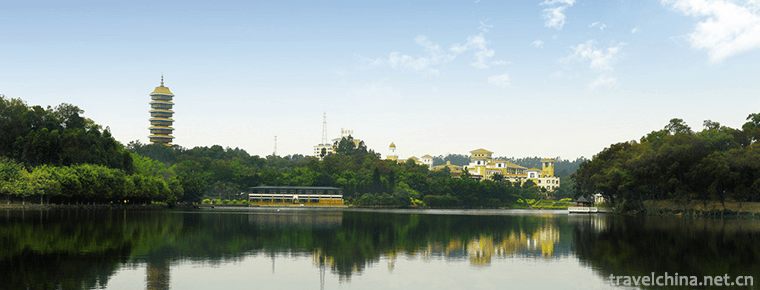
-
Jingyuetan National Scenic Area
Jingyuetan, National AAAAA Class Tourist Scenic Spot, National Scenic Spot, National Forest Park, National Civilized Scenic Spot Demonstration Site, National Water Conservancy Scenic Spot.
Views: 237 Time 2018-12-05 -
China of chunqiu yancheng tourist area
China Spring and Autumn Yancheng Tourist Area (also known as Yancheng, Spring and Autumn Yancheng) is located in the central city of Wujin District, Changzhou City.
Views: 173 Time 2018-12-06 -
Island Jinshan Temple
Jinshan Temple, located in the northern part of Qingyun County, Dezhou City, Shandong Province, was built in the Sui Dynasty and flourished in the Tang Dynasty. It is said that the island Jinshan Temp.
Views: 109 Time 2019-01-13 -
Baiyundong Tourist Area Kongshan
Baiyundong in Kongshan Mountain is a national key scenic spot, National Geological Park and national AAAA level scenic spot. Located in Lincheng County of Xingtai City.
Views: 179 Time 2019-01-29 -
Ming Yue Mountain
Mingyue Mountain Tourist Area of Yichun City, Jiangxi Province, is located 15 kilometers southwest of Yichun Central City, with an area of 104 square kilometers. .
Views: 158 Time 2019-02-07 -
Weaving Techniques of Tibetan Bangdan and Kapa
The woolen apron commonly used by Tibetan people is called "Bangdian" in Tibetan, which has the functions of decoration and cold resistance. Jiedexiu Town, Gongga County, Shannan District, T.
Views: 162 Time 2019-04-05 -
Jamal
In June 2008, Chamane declared by Alxa League of Mongolian Autonomous Region was listed in the second batch of national intangible cultural heritage list with the approval of the State Council..
Views: 143 Time 2019-04-15 -
Daur traditional Hockey
Daur's traditional hockey sport is called "Bei Kuo Taj Ke Bei" in Daur language. Bei Kuo refers to a bat. The Daur bat is made by grinding oak wood with curved roots and straight branches. I.
Views: 119 Time 2019-04-22 -
Uzbek Ehilai and Yelai
Uzbek Ehilai and Yelai are mainly distributed in Kashgar, Shache, Yecheng and Yining, Ili Kazakh Autonomous Prefecture, Xinjiang Uygur Autonomous Region. Uzbek people have excellent music and dance cu.
Views: 120 Time 2019-06-29 -
Encouragement of Miao Nationality in Western Hunan
Encouraged by the Miao people in Western Hunan Province, the traditional dance of Tujia and Miao Autonomous Prefecture in Western Hunan Province is one of the national intangible cultural heritage..
Views: 233 Time 2019-07-03 -
Southwest Petroleum University
Southwest Petroleum University is a petroleum undergraduate college founded in the face of the new China's Chaoyang. It is a co-established University between the central and local governments, mainly.
Views: 165 Time 2019-08-31

